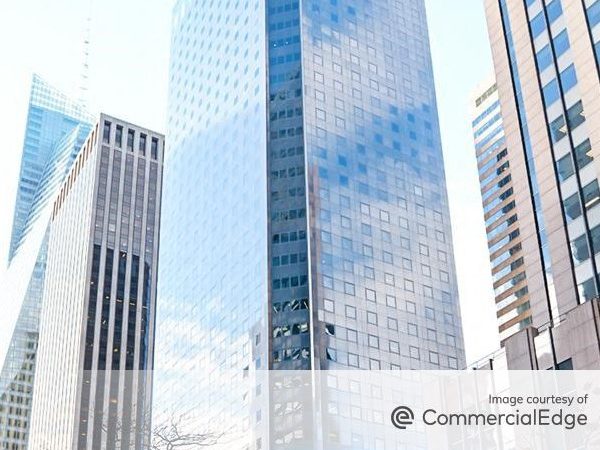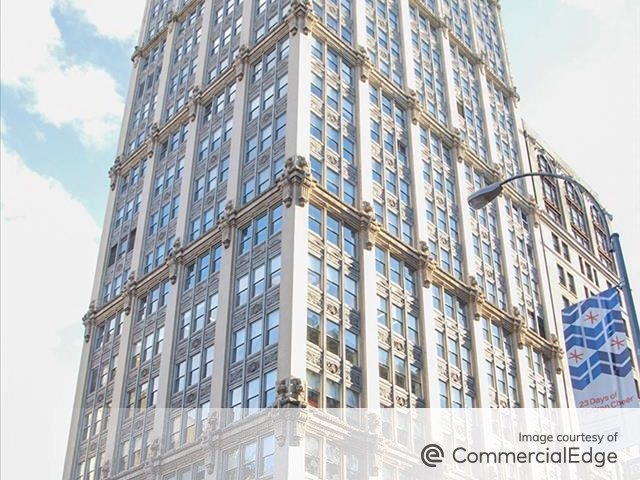Construction Costs Decrease for the 1st Time in a Decade
The COVID-19 pandemic and increased competition among contractors are key factors behind the decline.
Commercial construction costs dipped in the second quarter, declining for the first time in a decade, according to Turner Construction Co.’s quarterly Building Cost Index.
READ ALSO: Construction Slump Likely to Linger
The index measures costs in the U.S. nonresidential building construction market. It decreased to 1177, representing a 1 percent reduction from the first quarter. This is the first time Turner’s projected quarterly BCI adjustment has fallen since the second quarter of 2010.
Turner Construction Vice President Attilio Rivetti who compiled the BCI, said in a prepared statement that competition among trade contractors has increased in many markets, as contractors try to nail down work amid uncertainty about future opportunities.
He added that the third quarter will likely “more clearly define the fluctuation of escalation of cost in the construction industry.” On its own, this data point might be encouraging for commercial real estate developers, but in a wider context it could generate more confusion than optimism.
Signal—or noise?
Recent pandemic-driven reports from multiple entities have tried to make sense of a rapidly evolving situation, and this outlook from Turner Construction bucks the trend.
In late March, a special report from the American Institute of Architects found that about two-thirds of architecture firms surveyed had already seen prospective projects slow or stop. The group’s chief economist told Commercial Property Executive that construction would probably fall through the second half of 2020, and into 2021.
The following month, a report from Marcus & Millichap—part of a series of reports on commercial real estate in the pandemic—predicted a possible rise in construction costs in tandem with multiple projects being delayed, perhaps indefinitely. Also in April, Gordian predicted that construction costs, which had risen nationally by 2 percent in 2019, would increase further this year, driven by labor and materials costs, and, to a lesser extent, tariffs.








You must be logged in to post a comment.